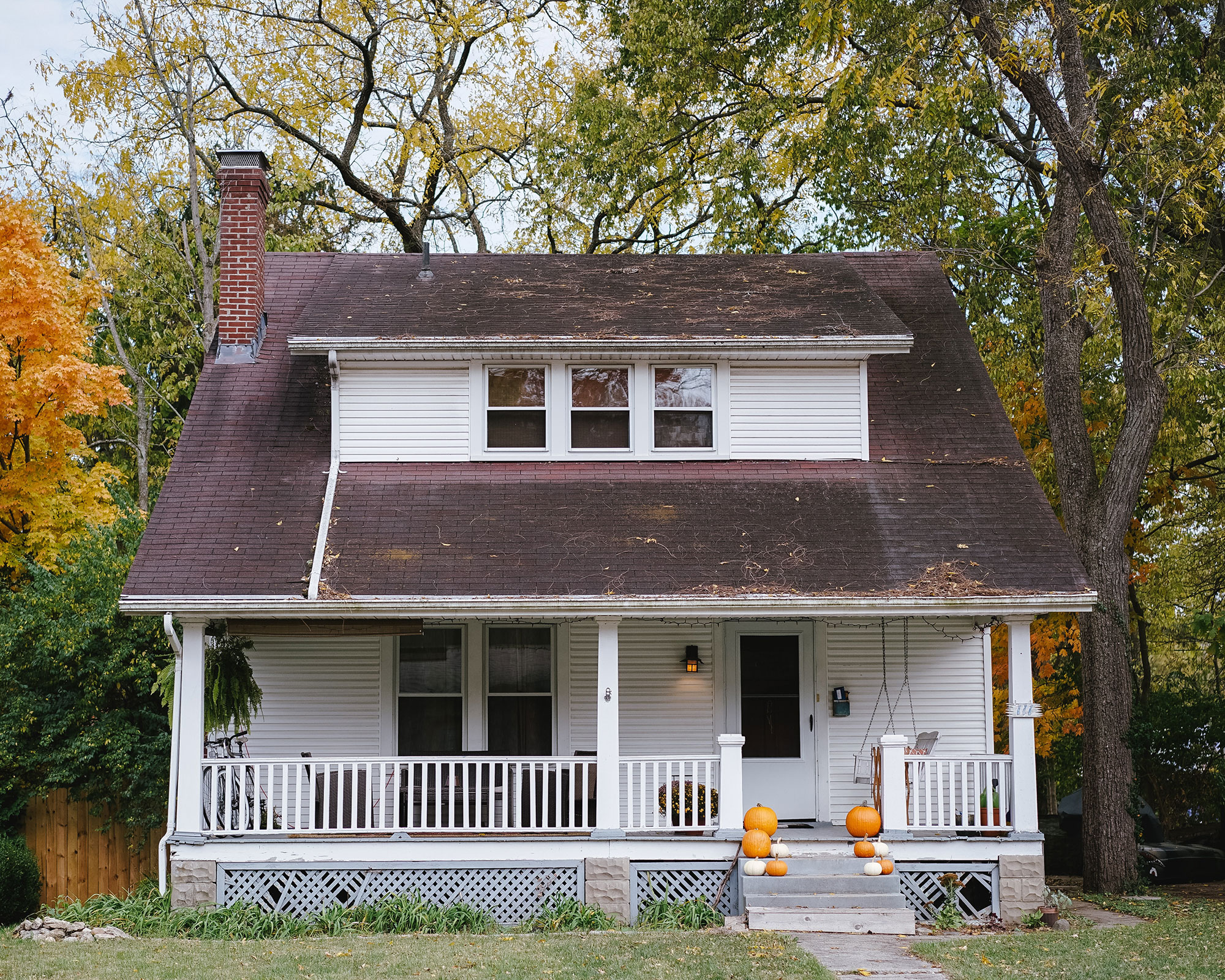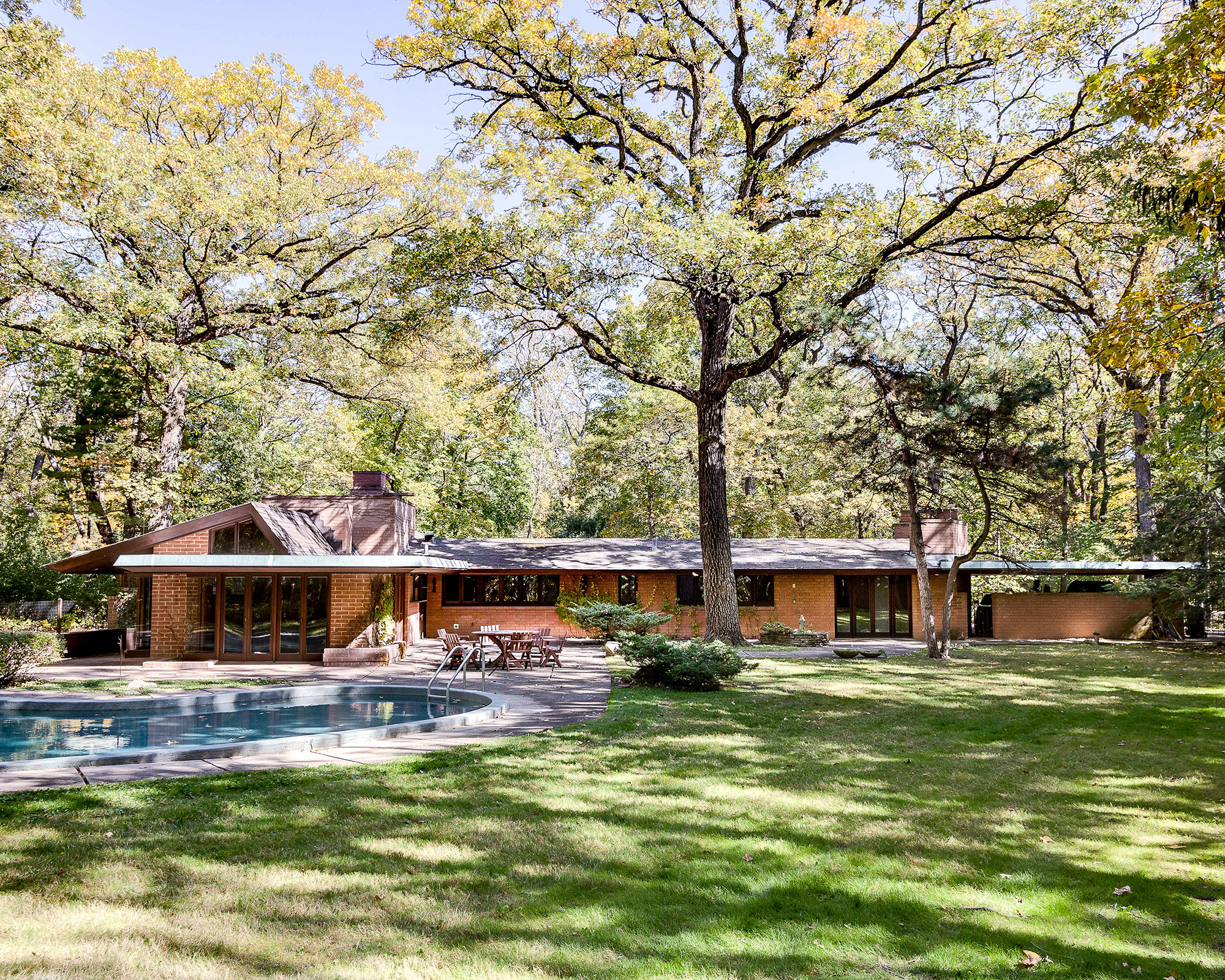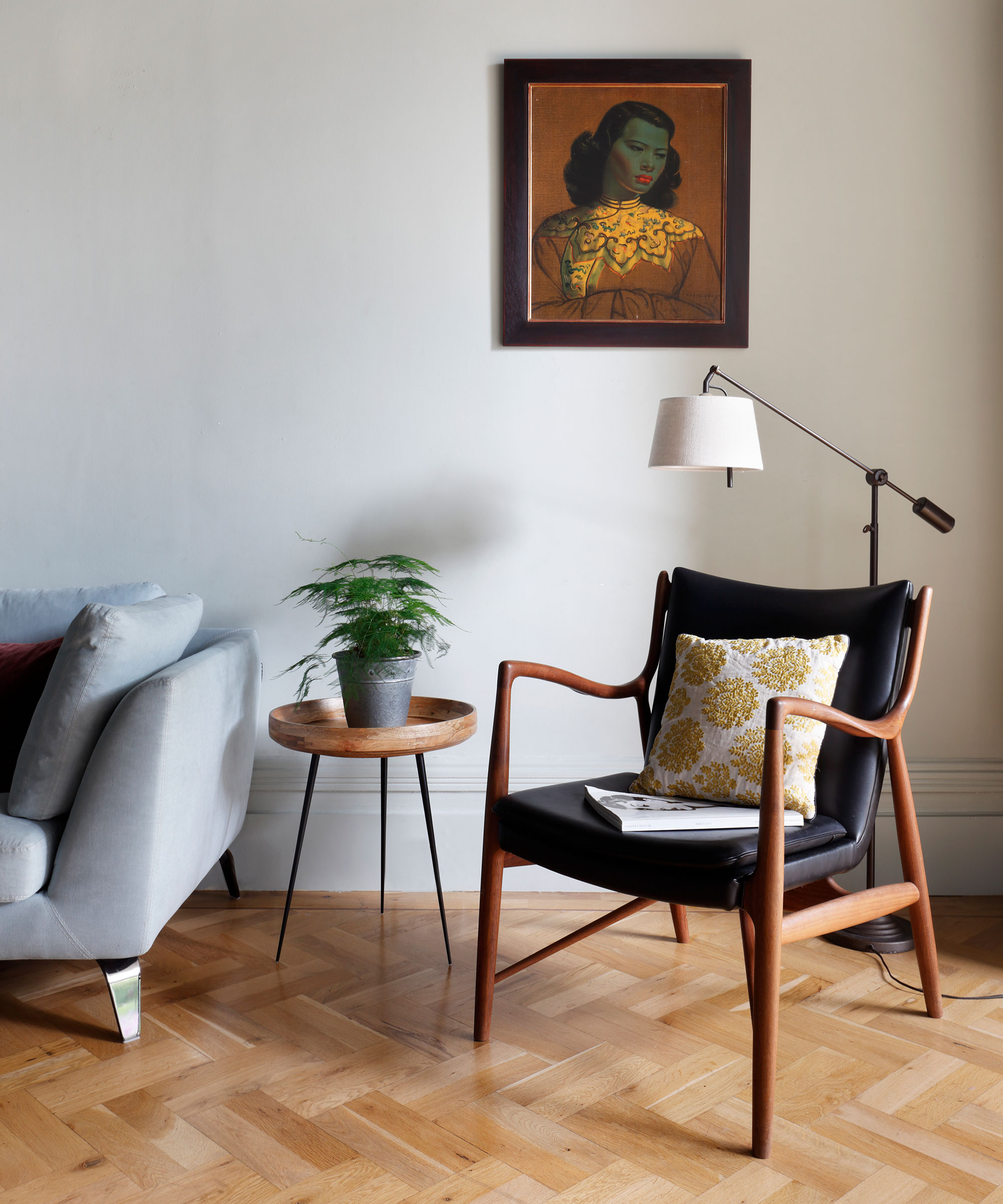Prairie style homes – the ultimate guide to what it is and how to get the look
Everything you need to know about Prairie style homes, inside and out


When it comes to architecture, Prairie style homes are as all-American as they come.
Dating back to late 19th century, this angular aesthetic proves that the Arts and Crafts movement is still very much alive in architecture, even now. In fact, it’s not too hard to see how Prairie style homes have surpassed the test of time.
Want to get acquainted with this beloved house style? Below, we take an in-depth look at Prairie style homes.
What is a Prairie Style house?

Dating back to the late 19th century and early 20th century, Prairie style homes swept through the midwestern United States for their symmetrical design and modest exterior.
The homes ranged in size, but grew from the previous era’s western love of the Arts and Crafts style homes, where hipped roofs and overhanging awnings and eaves became the landmark features that helped these symmetrical styles come to prominence.
Where did the Prairie Style originate?

While the Prairie style was made famous by legendary architect Frank Lloyd Wright, the wave of this design style had started before his time, growing out of the Craftsman style with the intent to create a style of architectural design that was more purely American. While we now refer to this school of design as Prairie, architects of the era had different terms to describe it, including 'The Chicago Group.'
Why are Prairie Style homes so popular?

The fascination with Prairie style homes comes from one if its founding fathers, Frank Lloyd Wright, who worked with the idea of 'organic architecture.' His theory, which lives through his Prairie style work, was that buildings should look as if they grew naturally from the site. Because of this, Prairie style homes offer residents plenty of space without feeling jarring to the eye. They’re impressive in both scale and detail, and were one of the first forces in architectural design to be considered properly American.
Design expertise in your inbox – from inspiring decorating ideas and beautiful celebrity homes to practical gardening advice and shopping round-ups.
Where can Prairie Style homes be found?
Unlike their Craftsman ancestors, Prairie style homes originate in the midwest, particularly Chicago. After the Great Chicago Fire in 1871, architects like William Morris, John Ruskin, and more began working on homes in this style in preparation of the 1893 World’s Fair, which was held in the city and considered the 'rebirth' of Chicago as a city of architectural strength.
What to look for in a Prairie Style home?

Anyone looking to buy an authentic Prairie style home should look for the symmetrical layouts and flat roofs – the most obvious elements of this style. In the interior, check for extra insulation and touches like working fireplaces or stone millwork. Especially around Chicago, you never know if one of the homes you’re looking at could have been crafted by Wright himself.
How to Decorate a Prairie Style home?

With their angular, modern exteriors, and traditional materials and colorways, the best looks for a Prairie style home would be to follow the wood tones from the exterior throughout the living room. Think wood dining room tables, tufted armchairs, and stone fireplaces. These homes are most commonly found in and around Chicago where the temperature gets pretty low in the winters, so decorate accordingly.

Timothy Latterner is a writer and editor living in New York City. His work has appeared in GQ, Conde Nast Traveler, Playboy, Vice, and Architectural Digest, where he also worked as the local news editor. He typically covers all things design, travel, and pop culture.